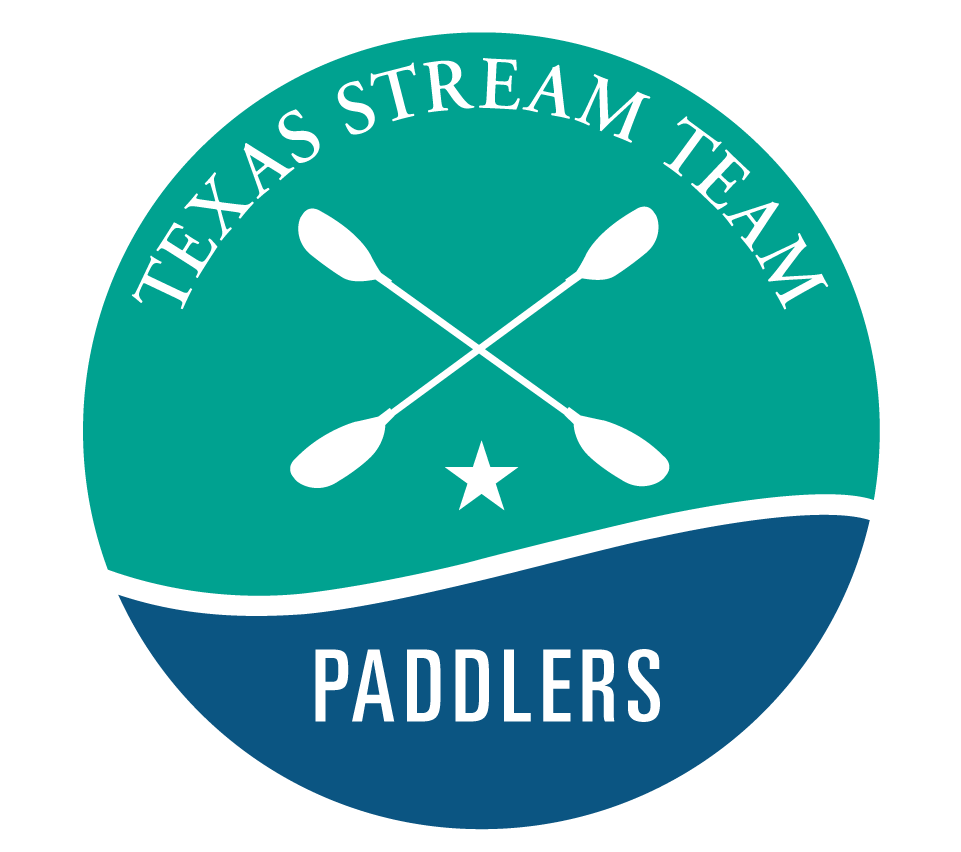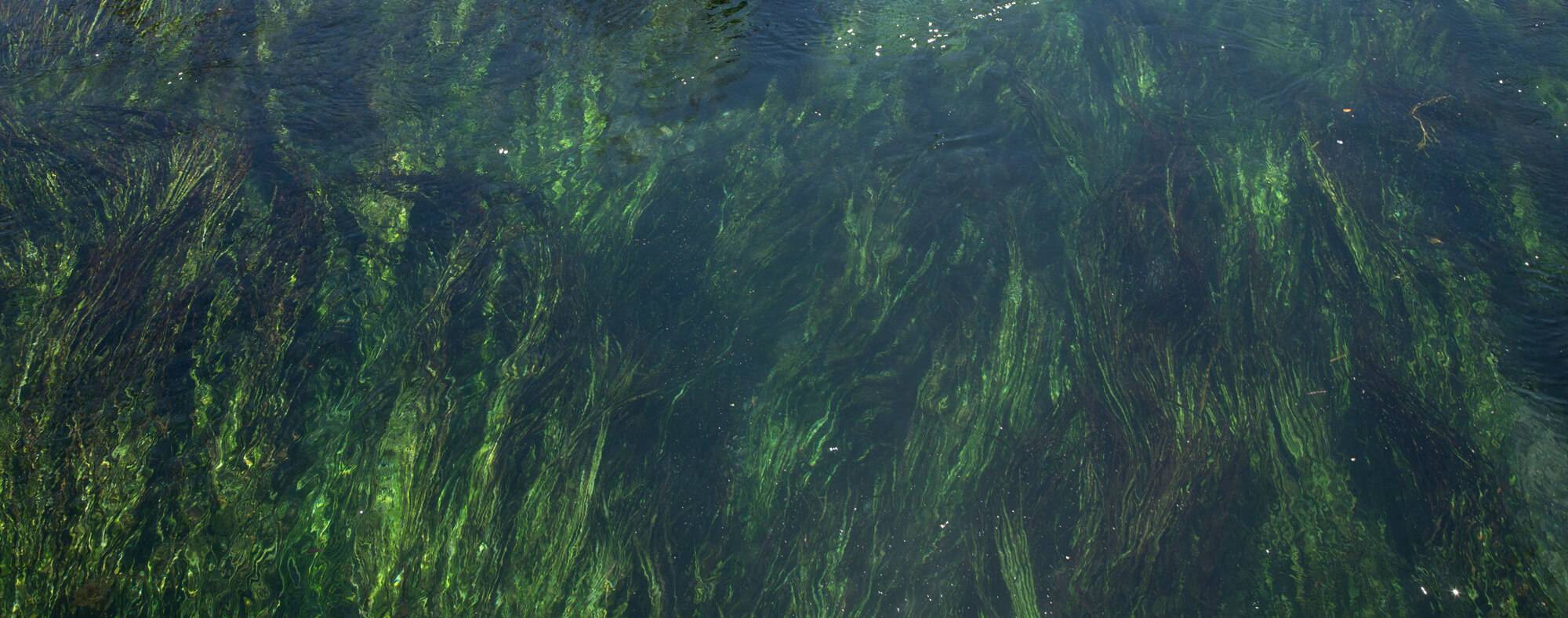Probe Core
Probe Core Training and Monitoring
 Probe Core monitoring involves performing tests for parameters such as conductivity, dissolved oxygen, pH, total depth, water and air temperature, and water transparency using a Probe Core kit. The parameters collected in the Probe Core training are the same parameters collected in the Standard Core training, however, Probe Core trainees are instructed on how to collect these parameters using meters as opposed to chemical tests. Probe Core citizen scientists also conduct the same field observations that are conducted by Standard Core citizen scientists.
Probe Core monitoring involves performing tests for parameters such as conductivity, dissolved oxygen, pH, total depth, water and air temperature, and water transparency using a Probe Core kit. The parameters collected in the Probe Core training are the same parameters collected in the Standard Core training, however, Probe Core trainees are instructed on how to collect these parameters using meters as opposed to chemical tests. Probe Core citizen scientists also conduct the same field observations that are conducted by Standard Core citizen scientists.
Probe Core Water Quality Parameters
View our Texas Stream Team Paddlers Training video to learn more about our Probe Core protocols.
-
Conductivity
Conductivity measures the amount of dissolved ions in water, which gives the water the ability to conduct electricity. There are a wide variety of inorganic substances or dissolved solids like sodium, chloride, sulfate, calcium, bicarbonate, nitrates, phosphates, iron, magnesium, etc. in water. All these materials at certain concentrates are essential for life and all have the ability to carry an electrical current. Water with high concentrations of dissolved solids has a high level of conductivity.
Aquatic animals and plants are adapted for a certain range of conductivity. Outside of this range, they will be negatively affected and may die if conditions persist. Some aquatic animals and plants can handle high conductivity levels but not low, while others can handle low conductivity levels but not high.
-
Dissolved Oxygen
Dissolved oxygen (DO) is a measure of the amount of oxygen dissolved in the water, as well as the amount of oxygen available to aquatic plants and animals. Dissolved oxygen is a byproduct of plant photosynthesis and atmospheric aeration and is an essential indicator of stream health. DO is typically measured in milligrams per liter (mg/L), parts per million (ppm), and % saturation.
Dissolved oxygen is essential for all aquatic plants and animals. Low oxygen levels (around 3-5 mg/L) pose a threat to fish and aquatic organisms and makes it difficult for them to reproduce, feed, and survive.
-
pH
pH is a measurement of how acidic or basic (alkaline) a solution is. When water has a pH of 7 it is said to be neutral, or balanced. Anything below 7 indicates the water is acidic (more free hydrogen ions in solution), and anything above 7 indicates the water is alkaline (more free hydroxyl ions in solution). Most organisms have adapted to life in water of a specific pH. A change in the pH of water can alter the behavior of other chemicals in the water, which may affect aquatic plants and animals. For example, ammonia is harmless to fish in water that is acidic; however, as pH increases ammonia becomes toxic. Some aquatic life may die if pH changes even slightly.
-
Water Transparency
Materials that become mixed and suspended in water will reduce its clarity and make the water turbid. Many materials contribute to turbidity which reduces water clarity (transparency).
The effects of turbidity on aquatic life can be significant. It interferes with the penetration of sunlight needed for the growth of algae and sea grasses. Additionally, suspended particles can transport heavy metals and other toxic substances into the habitat, which supports aquatic organisms.
-
Water Temperature
Temperature affects feeding, reproduction, and the metabolism of aquatic animals. In addition, temperature affects the solubility of compounds in water, distribution and abundance of organisms living in the water, rates of chemical reactions, density inversions and mixing, and current movements.
Temperature preferences among species vary widely, but all species can tolerate slow, seasonal changes better than rapid changes. Thermal stress and shock can occur when temperatures change more than one to two degrees Celsius in 24 hours.
Probe Core Water Quality Citizen Scientist Training
Prerequisite: The only prerequisite for the Texas Stream Team Standard Core training is individuals must at least 14 years of age (9th grade).
Texas Stream Team Standard Core citizen scientists are certified by completing a three-phase training that measures the physical and chemical parameters of water mentioned above.
We ask citizen scientists to make a commitment to monitor at least one site monthly for at least one year. Citizen scientists performing water quality are encouraged to monitor their site(s) monthly at the same time of day each month. For example, a possible monitoring schedule would be the first Saturday of the month at 10:00 am. Adherence to a consistent monitoring time is crucial because the physical and chemical parameters fluctuate over a 24-hour period. Monitoring takes approximately one to two hours depending on the time spent traveling to the site.
-
Phase I
Phase I of the training is an instructional session covering an introduction to Texas Stream Team, watersheds, nonpoint source pollutions, and monitoring methods for the Probe Core parameters mentioned above in a classroom setting. The certified trainer also demonstrates how to handle the monitoring equipment, and adherence to safety and quality control procedures is emphasized.
-
Phase II
Phase II of the training provides the trainees with a more in depth overview of the Probe Core water quality parameters and allows trainees the opportunity to conduct the monitoring procedures in the field with the assistance of the trainer(s). Safety procedures,quality assurance considerations, and site selection are emphasized. The trainer carefully observes the trainees' procedures, answers any questions, and corrects obvious mistakes. Whenever possible, the water body used for Phase II testing will be similar to the sites the citizen scientist trainee intends to monitor.
-
Phase III
In Phase III, the citizen scientist trainee conducts the water quality parameter tests and completes the monitoring form without guidance from the Trainer. When the trainer believes each trainee has successfully completed the three training phases,the training packet is completed, and the liability forms are signed, the trainee is then considered a certified Texas Stream Team Probe Core Water Quality Citizen Scientist.
Paddler Perfect

Texas Stream Team invites kayakers and canoeists who are Probe Core citizen scientists joining our Paddler program. Paddlers collect data from new or hard-to-reach locales, and, in doing so, they join a team of over 10,000 citizen scientists who, since 1991, have volunteered approximately 45,000 hours of their time – service valued at more than a $1 million – to protect the waters of Texas.
Kayakers and canoeists collect higher quantities of data at more locations, improving our understanding of water quality issues in lakes, rivers, streams, estuaries and bays.
To learn how you can get involved, email TxStreamTeam@txstate.edu, or by filling out our online form.
